Few cities offer as singular a skyline as Istanbul. Its bridges span the Golden Horn on its European side — the city sprawls across two continents. If you look to the northeast, you’ll spy Galata Tower protruding from the hillside neighborhood of Beyoglu. Look southwest and watch the sun set behind the minareted mosques lining the crest of Sultanahmet. Head over to the Asian side of the city and you’ll find views of the Bosphorus Bridge and the lights along the Bosphorus Sea.
As a constant traveler who has enjoyed many extended visits to Istanbul, I know all too well that it’s a massive place with so much to offer that it’s difficult to know where to begin. To make it even more challenging, most visitors only stay for a couple of days, meaning they’ve got to make every minute matter. Here’s what to do when you travel to Istanbul and only have 48 hours.
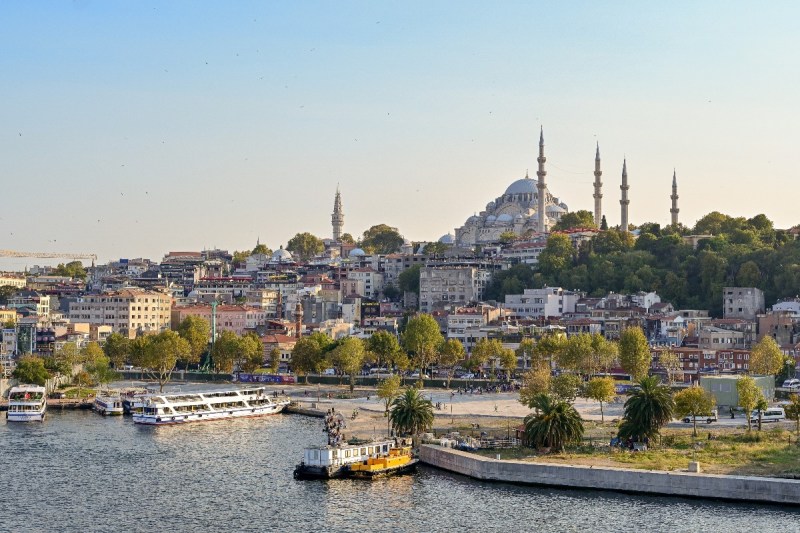
Where to stay in Istanbul, Turkey
Istanbul has several neighborhoods that are excellent options, depending on what you’re looking for. The Moda district on the Asian side is a hip, youthful, green area with lots of cafes, art galleries, and shops. The residential district of Zeytinburnu to the west of the European side offers an affordable, more authentic look at day-to-day life in Istanbul. These are both great places to stay if you’ll be in Istanbul for a while and want a quiet, cheap base from which to explore the city.
For a short visit, however, there are really only two practical choices: The Galata/Taksim area to the north of the horn, or pretty much anywhere in the central Sultanahmet region to its south — the nearer to the Grand Bazaar, the better and more convenient travel will be. The former is a trendy neighborhood running from Galata Tower up the hill to the Taksim shopping area, but be warned — there’s lots of walking up steep hills. The latter, Sultanahmet, is where you’ll find all the major mosques and museums. Stay in Taksim if you’re looking for bars and nightlife, and stay in Sultanahmet if you’re chiefly concerned with the history and standout tourist attractions.
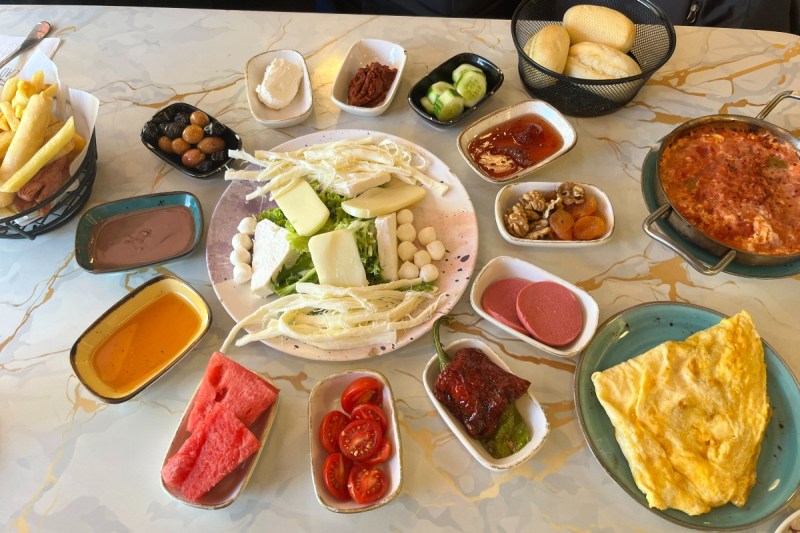
Where and what to eat in Istanbul, Turkey
For all practical purposes, the food in Istanbul begins and ends with kebab: Thin slices of spiced and slow-roasted meat, typically lamb, served with rice or — with increasing frequency — in a sandwich or a wrap called a dürüm. Kebab varies in quality depending on what neighborhood you’re in. The more “traditional” the neighborhood, the more you can count on stopping at any hole in the wall and eating something delicious. The touristy spots tend to be more hit or miss.
Hamdi is a solid option. It has three locations, two of which offer beautiful settings just above the Golden Horn in Beyoglu and just below it in upper Sultanahmet.
Also be sure to order a Turkish breakfast. These impressive spreads include eggs, sliced meats, cheeses, olives, peppers, fried dough, bread with various jellies, honeys, and butters, sliced tomatoes and cucumbers, and — of course — tea. Great breakfast spots abound, but you can’t go wrong on Beşiktaş Kahvaltıcılar Sokağı, aka Breakfast Street. It’s lined with outstanding, affordable breakfast options.
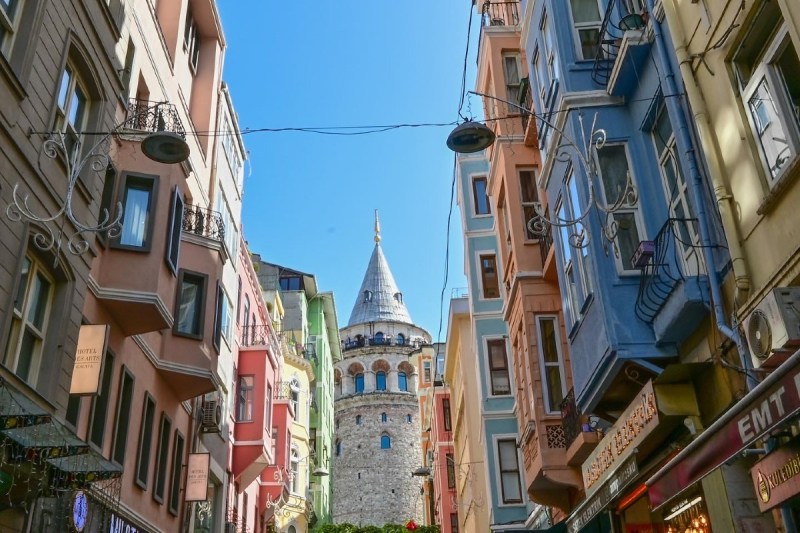
What to do in Istanbul: Day one
Your first day will and should be spent in Sultanahmet. You can’t really say you’ve been to Istanbul until you’ve visited the principal mosques and markets found there.
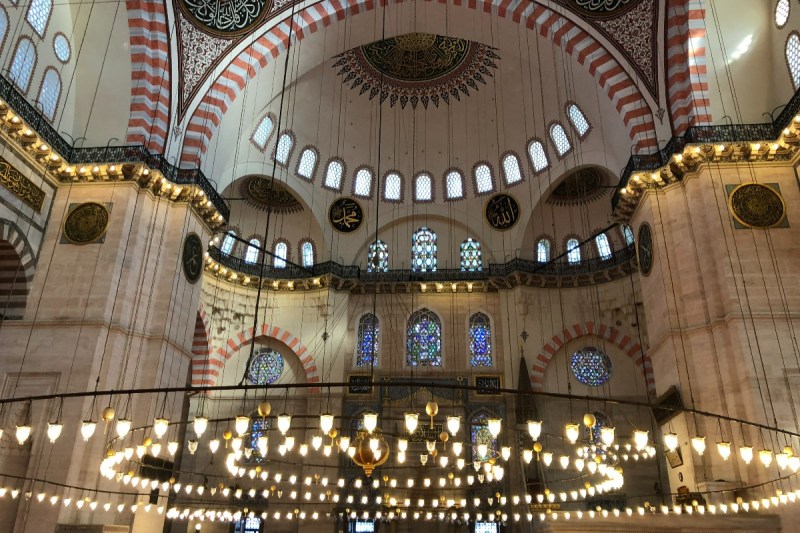
Check out the mosques
Facing one another across a park of palm trees, the Blue Mosque and Hagia Sophia are about as iconic as it gets. The lines are somewhat long, but these masterworks of Islamic architecture worth the wait. Note that the dress code is very conservative — shoulders and knees must be covered, and women must cover their hair — so be prepared for that.
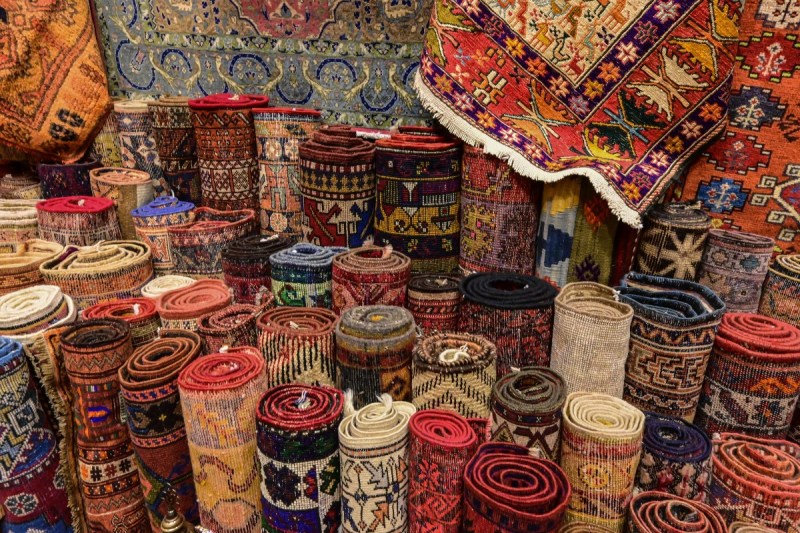
Shop the bazaar
From there, head up the tram line a few stops to the Grand Bazaar, where you can easily spend hours browsing countless stalls offering a vast array of wares: Lamps, lanterns, rugs, blankets, clothing, jewelry, art, pipes, chess sets, souvenirs, and so on. This is also a good place to load up on Turkish coffee in one of the alleyway coffee spots.
Eat with a sunset view
Shopping your way in and around the bazaar might take several hours depending on your proclivities, so after this it’s probably best to do something seated. Head north to the waterfront and hop on one of the boat tours. Bosphorus Tours is an all-around solid, affordable option for sunset or dinner cruises along the shoreline.
Alternatively, find a rooftop restaurant with a view. Loti is a good spot in Sultanahmet. Zula Galata is a great option if you’re heading up the hill. After dinner, if you’re looking for nightlife, simply zigzag through the streets and alleys around Galata and up along Taksim.
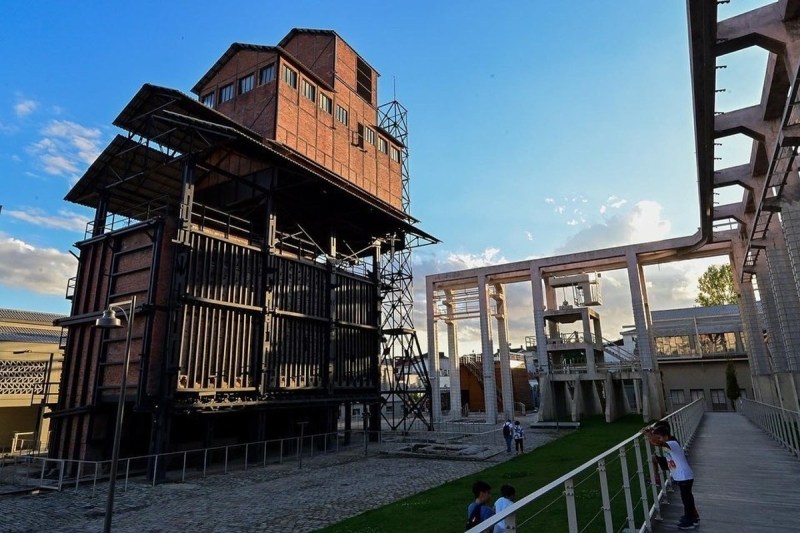
What to do in Istanbul: Day two
Your second day in Istanbul is kind of a wild card. I’d recommend building it around one of three things.
Visit the Istanbul Archeological Museum
Located on the eastern shoulder of Sultanahmet, this extensive museum is full of outright astounding artifacts and art pieces spanning thousands of years. Depending on your level of interest, one can easily spend three hours exploring its many halls.
Dig into Beyoglu
Wandering up the streets and alleys in the Beyoglu around Galata can fill an entire day. There is no shortage of street vendors, little shops and restaurants, hole-in-the-wall cafes and pastry joints, and artistic opportunities. I recommend the gallery Mesher in particular if you’re looking to experience quality local art.
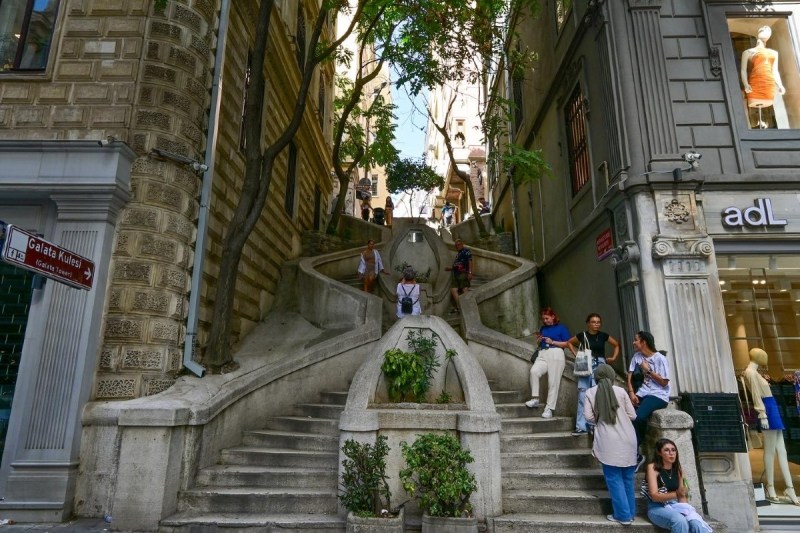
Check out the Asian side of the city
Head to the eastern Üsküdar side of town to see a completely different character of Istanbul. Its Asian half, contradictorily, has a more European vibe than that on the European side, which skews more Middle East-Asian.
The Moda neighborhood, with its cafes and bars packed with university students, is a charming place to eat, shop, and generally explore. Müze Gazhane is a reclaimed industrial site that has become a vibrant community center housing galleries, cafes, and outdoor sitting areas. Make sure to check out Sakirin Mosque, a modernist mosque that is the first in the country to be designed by a woman.
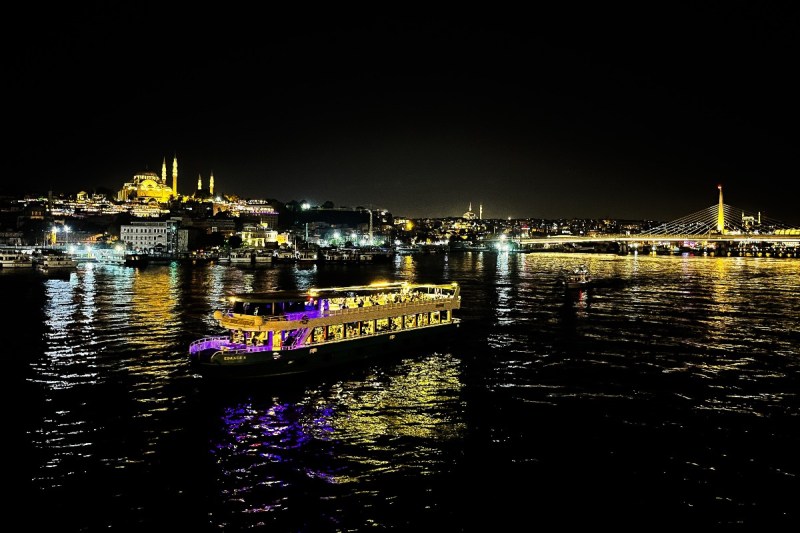
Dinner beneath the bridge
Wrap up your visit by having dinner beneath Galata Bridge, where there are a dozen or so restaurants offering views of the surrounding cityscape. Be warned that the hosts along the bridge can be extremely pushy in their attempts to attract your patronage, but the views are worth the hassle. Just pick a restaurant and stick to it regardless of wheedling along the way. They all offer roughly similar menus of reasonably priced, decent meals to finish up your stay.



